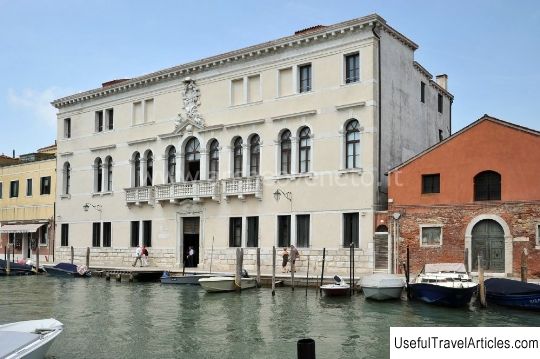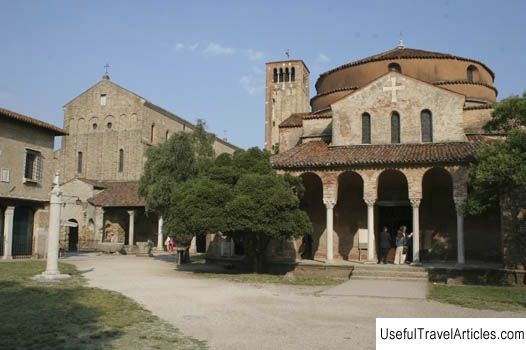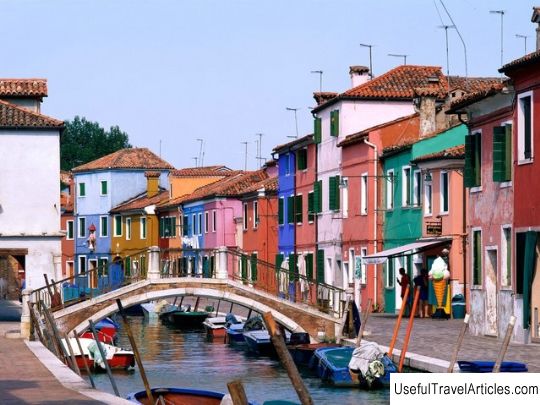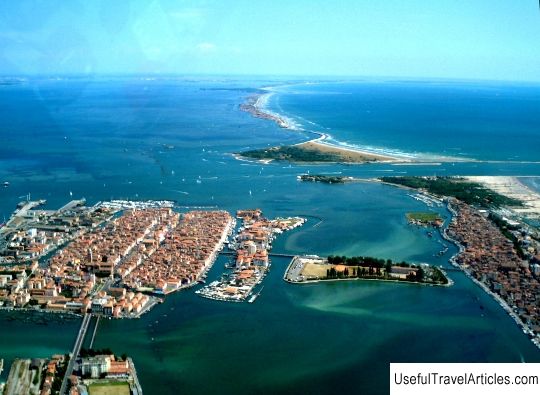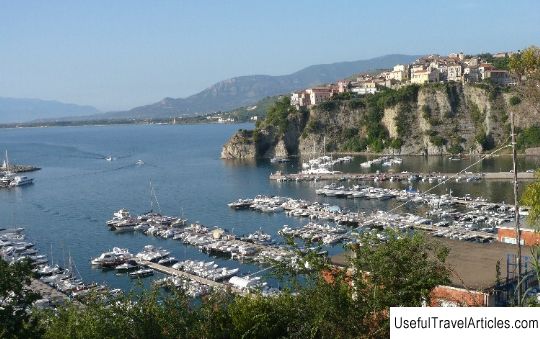Torcello description and photos - Italy: Venice
Rating: 8,7/10 (242 votes) 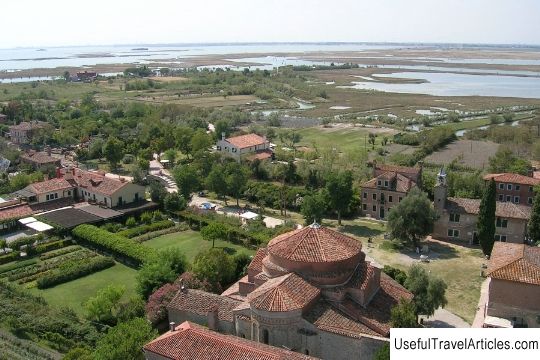
Torcello description and photos - Italy: Venice. Detailed information about the attraction. Description, photographs and a map showing the nearest significant objects. The title in English is Torcello. Photo and descriptionTorcello is a small and now sparsely populated island in the north of the Venetian lagoon, which, however, was the largest settlement in the area until the 11th century. The first settlement on it was founded in the middle of the 5th century by the inhabitants of the city of Altino, who fled from the invasion of the Huns. In the 7th century, a bishop appeared here, and a church was laid to store the relics of the great martyr Iliodorus, the current patron saint of the island. At the same time, trade with Constantinople begins, leading to a real economic boom in Torcello. In the 10th century, about 10 thousand inhabitants lived on the island, which was several times higher than the population of Venice. Thanks to the presence of salt marshes, the local salt pans became the backbone of Torcello's economy and contributed to the transformation of the island into an important port from where trade with Byzantium was carried out. But the heyday did not last long - already in the 12th century, the harbor of Torcello became silted up and turned into a swamp, which began to be called the "lagoon of morta" - a dead lagoon. Shipping declined, trade stalled, and the locals moved to Venice and Murano. Residential buildings, twelve churches and sixteen cloisters were soon dismantled for the construction of Venetian palaces, and no trace of Torcello's former power remained. Today, this tiny island is home to only about 60 people involved in fishing. From the medieval city to the present day, only four buildings that attract the attention of tourists have survived. These are two small palaces-palazzo of the 14th century - Palazzo del Arcivio and Palazzo del Consiglio, which today house museum collections, the 12th century Romanesque church of Santa Fosca with a portico in the shape of a Greek cross and the Cathedral of Santa Maria Assunta, erected in the middle of the 7th century and rebuilt in the 11th century. The cathedral is notable for its 11th century baptistery and a series of 12th century Byzantine mosaics, considered the finest in northern Italy. Another attraction of Torcello is the antique stone chair known as the Throne of Attila - in fact, it has nothing to do with the powerful king of the Huns, but most likely belonged to the local bishop or podesta. Finally, tourists do not ignore the so-called Devil's Bridge - Ponte del Diavolo.        We also recommend reading Cathedral of St. Francis Xavier description and photos - Belarus: Grodno Topic: Torcello description and photos - Italy: Venice. |
